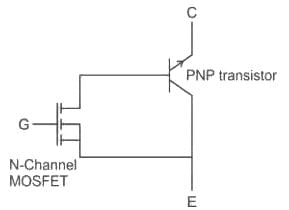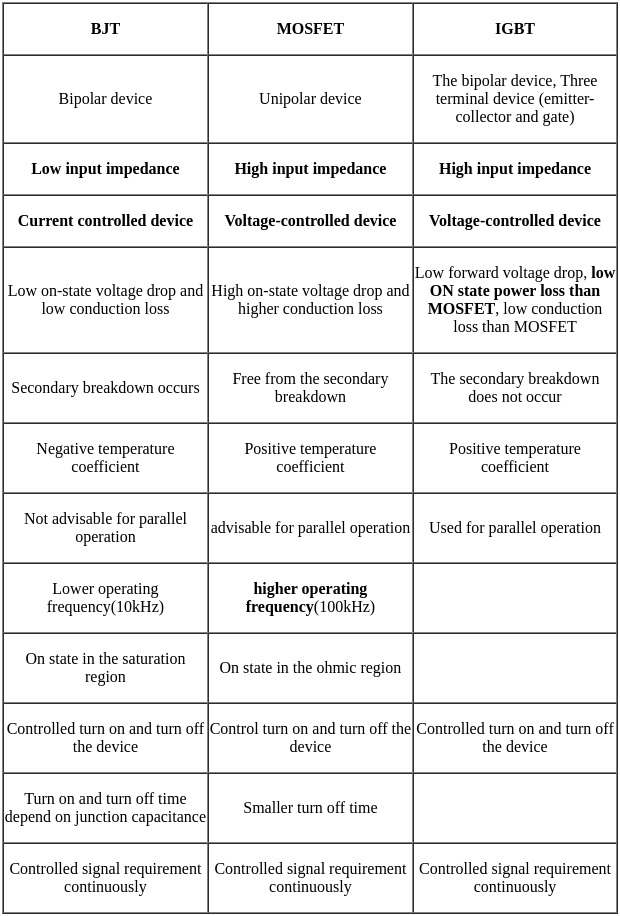RSMSSB JE Electrical Mock Test - 5 - Electrical Engineering (EE) MCQ
30 Questions MCQ Test RSMSSB JE Electrical Mock Test Series 2026 - RSMSSB JE Electrical Mock Test - 5
Who is the international Alghoza player from Rajasthan who has made it to the India Book of Records for playing the Alghoza with his nose for 5 minutes and 5 seconds?
Under which of the following sections is there a provision for the 'Sewage and rainwater drains are to be distinct'?
During the reign of which Maharana, the last incident of Sati with the ruler is found?
Which method is used for transferring the power through an auto transformer?
A ______ is a combined unit of ampere meter, voltmeter and ohmmeter.
In the circuit shown here, the 20 V source has an internal resistance of 1 Ω. While the current source is ideal, the value of current I is _______.
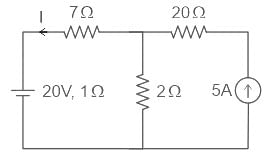
In a 6 pulse, 3 phase to 3 phase cycloconverter, the number of SCRs is:
The terminal voltage of the battery, whose emf is 10 V and internal resistance 1 Ω, when connected through an external resistance of 4 Ω as shown in the figure is:
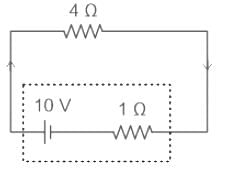
The multiplier and the meter coil in a voltmeter are in:
In pure resistance circuit transients are not available because they
Voltage distribution across the disk of strings of suspension insulator assembly is -
A pointer of an instrument once deflected returns to zero position, when the current is removed due to
Which one of the following is a passive transducer?
The force experienced by an electromagnetic wave in a conductor is-
In an induction motor r'2 is the rotor resistance. What is the resistance representing mechanical output in the equivalent circuit of an induction motor as referred to stator side?
A modern power semi-conductor device that combines the characteristics of both BJT and MOSFET
Corona Loss in a transmission Line is dependent on:




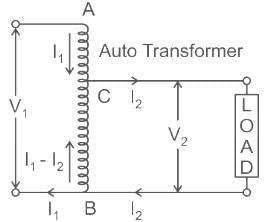






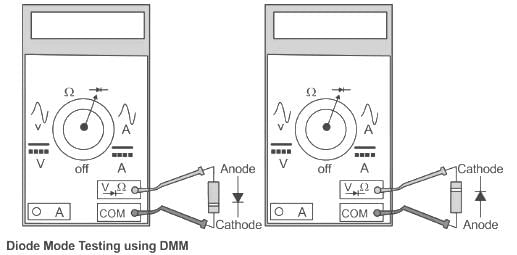
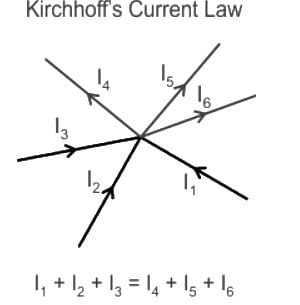
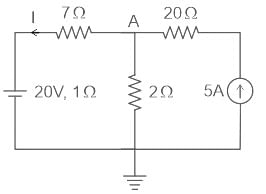


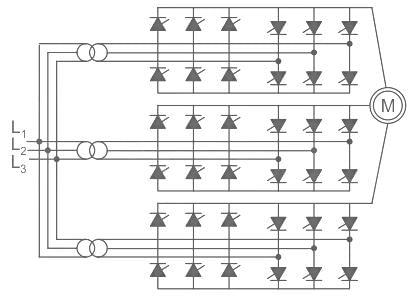
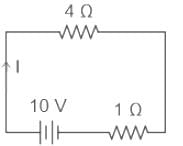

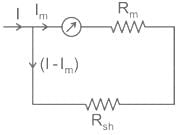
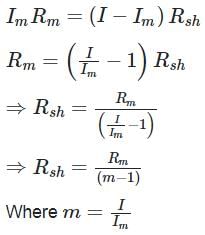
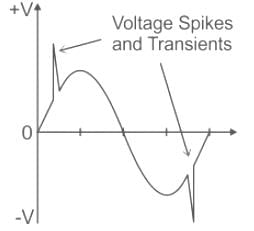
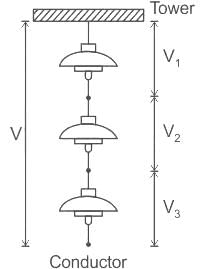
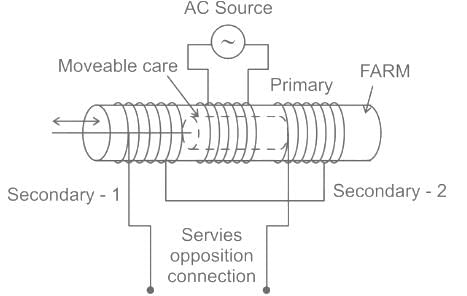
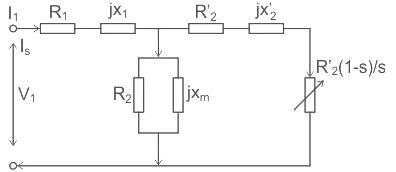
 is the resistance which shows the power which is converted to mechanical power output or useful power.
is the resistance which shows the power which is converted to mechanical power output or useful power.